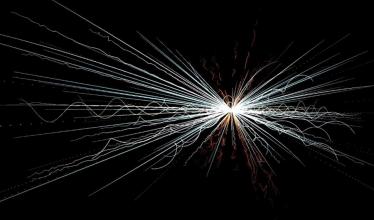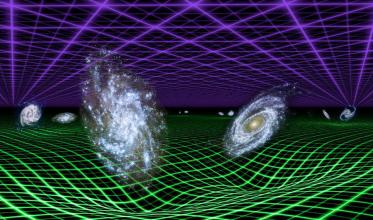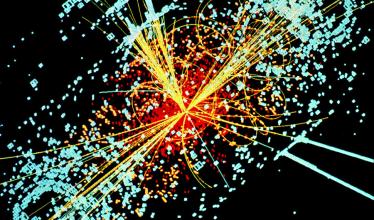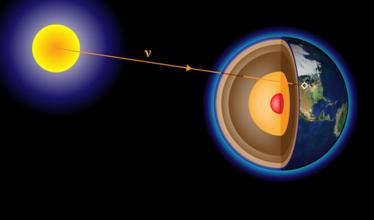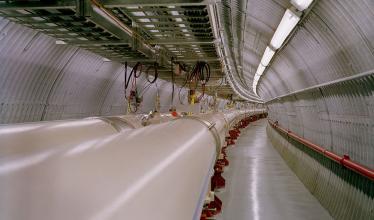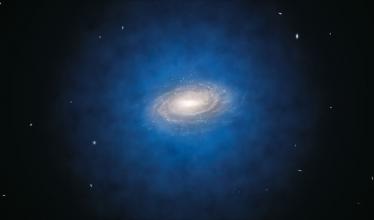Particles and fields
Both can be made using the power of particle accelerators.
Mysterious dark matter particles may be blowing past Earth at 1.8 million kilometers per hour.
Scientists use something that comes from space to peer into large objects like pyramids
The technique could help scientists better understand why certain materials have the properties they do.
Theoretical physicists come up with a new way to analyze the firework of signals coming from particle collision experiments.
Physicists come up with alternate explanation of gravity that may implicate dark energy, which comprises 70 percent of our universe.
Theorists propose a new way to find new particles in the data from the Large Hadron Collider.
The Deep Underground Neutrino Experiment may address important physics questions and change the way we look at our planet.
Burying certain instruments helps astronomers and astrophysicists detect otherwise difficult-to-spot particles.
Physicists discover the universe’s most violent vortices inside the exotic state of matter.
Astrophysicists offer a possible explanation for why dark matter seems to behave differently in the Milky Way.
Scientists find new ways to measure the infinitesimally small fluctuations that exist in a vacuum.





